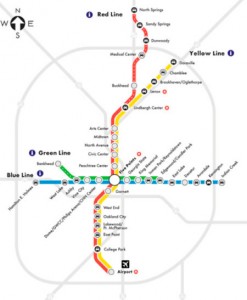“All the structures people have built when considered as separate from the natural environment.” This is what would define the term “built environment.” Sarah Schindler transforms the term “built environment” into a whole new perspective. When looking at the built environment surrounding us, we don’t take into consideration why these buildings, street, neighborhoods, etc. are built the way that they are. We’re introduced to the idea of the overpasses for the bridge to Jones Beach “be[ing] built intentionally low”, so that the buses carrying those who were of lower class or people of color, would not have access to the public beach. This example manages to show how regulation could be done so inconspicuously through architecture. Just like Moses, those who had the power to determine the layout and construction of an area, abused it to “make it physically difficult for certain individuals to reach the places from which [they] desired to exclude them.” (Schindler) While the initial intent when developing new areas may seem to be adding innovative touches to a rather “out of date” project, Lawrence Lessig theorized that “behavior may be regulated or constrained, in part, by ‘architecture’.”
Even in our own backyard, we witness this “architectural exclusion.” Those living in the Metro-Atlanta area are very fond of the Metropolitan Atlanta Rapid Transit Authority (MARTA). Schindler points out how “wealthy, mostly white residents of the northern Atlanta suburbs have vocally opposed efforts to expand MARTA into their neighborhoods for the reason that doing so would give people of color easy access to suburban communities.” (Schindler) Excluding access to these suburban areas solely with that reasoning, shows pure discrimination and prejudice. Those who rely on the transit system are limited to the inner city areas for job opportunities, education, recreation and housing. This lack of access to areas north of Atlanta is another form of segregation.
Architects, mayors, police officers, judges, all of these “entities” seem to have failed to realize that urban design is indeed a form of regulation. The term “architectural exclusion” comes into play very heavily throughout this article. According to Schindler:
“architectural exclusion is different in that it is concerned with the placement and location of infrastructure that physically seperates and inhibits access, not just disparities in treatment based on geographic location.” (Schindler)
Another great point made in this article is the exploration of traffic barriers being yet another form of regulation. Traffic barriers are put in certain areas to control the flow of traffic in a way that prevented civilians’ interaction with gangs, violence, drugs, etc. One way streets, neighborhoods with no sidewalks, medians preventing you from making left turns. The aforementioned regulations are all just a few of the examples of how simple architectural details can deter those in the area from getting to where they need to be in a safe and/or timely manner. Through these examples, Schindler proves that “walls and roads continue to divide cities along racial lines.”

